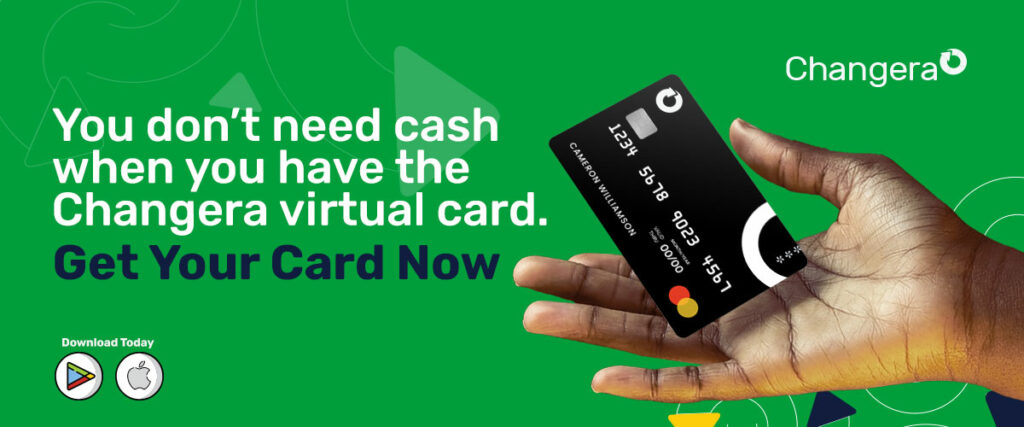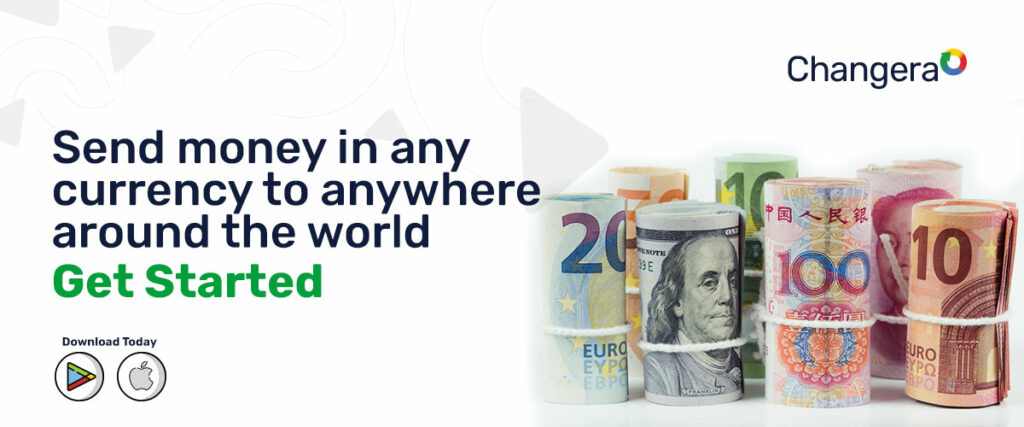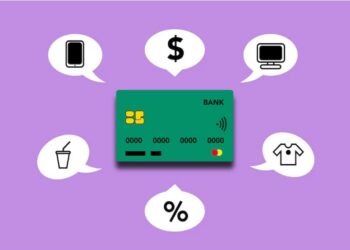With the rise in digitalization, globalization, and e-commerce, it has become inevitable for many people to make international transactions. The world has become a global marketplace, hence there’s an increased pressure to develop faster and more efficient cross-border payment solutions to meet customers’ demands. The sole purpose of cross-border payments is to help merchants adapt their global business strategy to local markets. This happens by offering consumers in different countries payment options familiar to them. If you’re considering expanding your business globally, it is a wise move to understand and review the cross-border payment process before embarking on your global journey.
This post discusses everything you need to know about cross-border payments, including what they are, their examples, their benefits, and how they work. Keep reading!
What are cross-border payments?
In simple terms, a cross-border payment refers to any financial transaction in which the payer and the payment receiver are located in different countries. It is important to note that these transactions can be between individuals, companies, and banking or settlement institutions. Every global company must be able to receive payments in all the countries they intend to expand into.
Types of cross-border payments
Currently, there are two types of cross-border payments. They are:
1. Wholesale cross-border payments:
Typically used between financial institutions, either to support their customers’ activities or their own cross-border activities such as borrowing, lending, share trading, foreign exchange, etc.
Government and larger non-financial institutions can also use this for larger transactions for the import and export of goods and services.
2. Retail cross-border payments:
Basically, these are payments between individuals and businesses. The key examples are business-to-business (B2B), consumer-to-business (C2B), business-to-consumer (B2C), and consumer-to-consumer (C2C).

What are examples of cross-border payments?
Cross-border payments can take many different forms. When making payments to an international merchant, the merchant chooses a preferred form of payment that the consumer is then responsible for complying with. However, customers prefer paying in a way that suits them, so, businesses must ensure that they provide various customized cross-border payment options for their clients.
Here are some forms of cross-border payments:
- International wire transfers
- Global ACH payments
- Prepaid debit card payments
- Credit card payments
- Paypal
- Blockchain-based payments
- Paper checks
- Digital currencies
- Lastly, mobile wallets
Benefits of cross-border payments
Globalization is steadily becoming intertwined with everyday business operations; hence, a refined international payment strategy will help businesses achieve the following benefits:
- Increased control over international transactions.
- More personalized customer experience.
- Expansion of supplier and affiliate bases.
- Enhanced accounts payable efficiency and transparency.
- Advanced reporting tools.
- Automatic intelligent payment scheduling.
- Lastly, it enables mobile device invoice payments anytime.
Navigating through cross-border payments
The back end of cross-border transactions involves several other steps and factors to consider beyond the basic steps for domestic payment processing. However, the general concept behind cross-border payments is fairly simple: All you need to do is set up a website with a checkout page, and on that checkout page, offer various payment options to clients.
Here’s a step-by-step guide to how cross-border transactions work.
1. Customer purchase
Typically, if you’re purchasing something online, the checkout page offers a localized experience. This means that the checkout page is provided in the customer’s native language. Also, the price of products appears in the shopper’s national currency. Finally, the checkout page should provide local payment options regardless of where your customer is in the world. Customers should have a choice in picking the best payment option they’re most familiar with.
2. Routing and processing
A cross-border payment solution provider should work with a platform that is connected with multiple banks around the world. If you are using a global payment provider that is connected to only one bank, the transaction may be flagged as fraudulent. However, a global payment solution with various acquiring banks throughout the globe will handle cross-border eCommerce transactions better.
3. Payment approval or denial
Generally, when transactions are directed toward financial institutions that are more likely to accept them, the approval process runs smoothly. Verification usually takes place to ensure you have sufficient funds in your account, and if necessary, a currency conversation will take place at the current exchange rate.

4. Customer results and confirmation
Once the issuing bank makes a decision, it advises the authorizing bank, which then informs both the customer and the business, via the checkout page. You will receive confirmation that the transaction has either been approved or declined. If approved, the order goes to the fulfillment stage.
5. Order fulfillment
This stage involves all the steps a business takes from the moment an order is received to the point where the order is delivered to the customer.
6. Settlement
At this point, conversion fees or foreign exchange fees are usually charged to merchants who prefer to receive payments in their currency. However, some providers allow the deposit of funds in the same currency as the original transaction into your merchant account. In addition, this option allows merchants to save money on foreign exchange fees.
7. Tracking
Your company will receive a reconciliation report from each bank that you work with. However, this can be extremely confusing and is not a reliable way to keep up with your cross-border payments. A global payments platform like Changera offers easy-to-read processing reports that clearly explain transactions that have been reconciled, as well as which ones have not.
Conclusion
Ultimately, globalization has revolutionized business processes in our society. As a result, more businesses are expanding into international markets, which has sparked a huge increase in cross-border payments. Therefore, an understanding of the processes involved in cross-border payments is key to expanding business opportunities globally.
Finally, a refined cross-border payment strategy will not only benefit businesses but also help consumers enjoy seamless payment experiences and consequently, improve customer satisfaction. Thankfully, this post serves as a guide to managing your payment environment internationally. If you’re looking to expand your business globally and want to understand cross-border payment processes, here’s a good place to start.







Discussion about this post